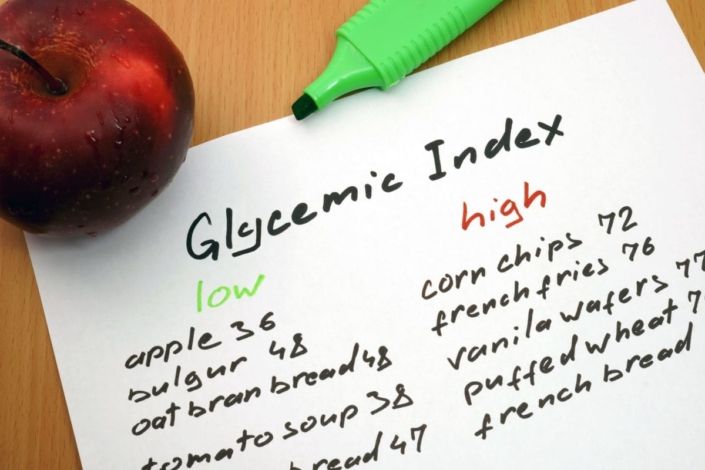Glycemic Index as well
People use many tools to produce a healthy diet or even to lose weight. One of these brilliant tools may be the glycemic index. The glycemic index (GI) is really a solution to measure how fast the carbohydrates in a food can make your blood sugar levels rise. The target is to eat more foods which have lower GI values. These food types tend to be more nutritious and much better.
Way to improved health
The glycemic index originated to help individuals who have diabetes control their blood sugar levels. The GI targets carbohydrates in foods. Carbohydrates certainly are a nutrient. Once you eat them, the body breaks them down (digests them) right into a kind of sugar called glucose. Your blood carries the glucose to your cells. Different carbohydrates affect your body in various ways. Some breakdown and enter the blood quickly, while some breakdown slowly. Typically, foods with carbohydrates that breakdown quickly are less nutritious.
The GI assigns lots to foods which contain carbohydrates. The number is founded on just how much the food raises blood sugar levels, in comparison to pure sugar. The scale goes from 0 to 100. Pure glucose gets the highest GI, with a value of 100.
Foods on the index are split into 3 categories: low GI, moderate GI, and high GI. Foods with a minimal GI value increase glucose in your blood slowly. People that have a higher value increase glucose quickly.
Low GI foods (value of just one 1 to 55)
- Many fruits, including apples and grapefruit.
- Most legumes, nuts, and beans.
- Milk and yogurt.
- Bran cereals.
- Steel-cut or rolled oats.
- Quinoa, bulgur, or barley.
Moderate GI foods (value of 56 to 69)
- Sweet corn.
- Bananas or raw pineapple.
- Raisins.
- Oat cereals.
- Multigrain, oat bran, or rye bread.
- Brown rice or couscous.
High GI foods (value of 70 or more)
- White rice.
- White bread and bagels.
- Potatoes.
- Many processed food items.
- Most snacks.
With all the index to plan meals, choose foods which have a minimal or medium GI value. Should you choose add a high GI food, combine it with low GI foods. This can balance out the result on your blood sugar level.
Points to consider
There are several things you need to take into account with all the GI to plan meals.
Different types of the same food might have different GI values. This may be determined by certain factors, including:
Studies show mixed results on what effective the GI is for weight reduction. The key would be to remember to utilize it as an instrument in maintaining a healthy diet plan, not as the only method to consume.
Questions to ask your physician
- The amount of cooking a food can transform its value. For instance, pasta cooked al dente includes a lower GI than pasta cooked to softness.
- Foods which are processed have higher GI values. For instance, instant oatmeal or instant mashed potatoes have higher values than rolled oats or perhaps a whole potato.
- The GI of some fruits, such as for example bananas, goes up because they ripen.
- May be the glycemic index good to utilize as an eating plan?
- How do you incorporate the glycemic index right into a healthy eating pattern?
- MAY I eat just as much as I'd like of low GI foods?
- What do I have to watch out for easily use the GI in my own diet?
